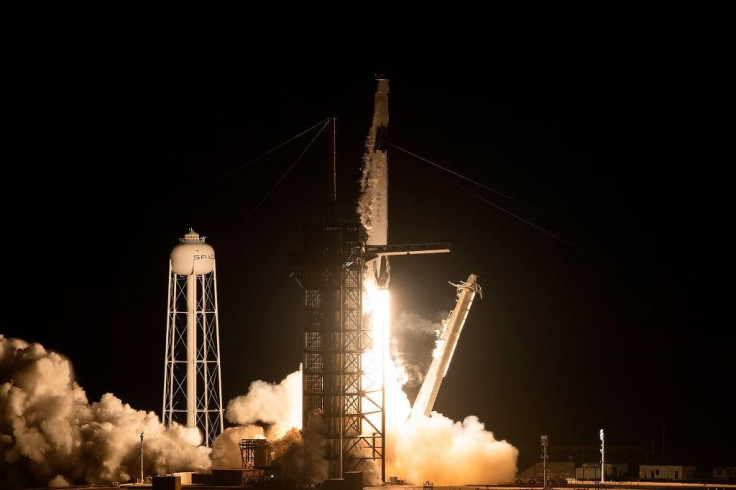SpaceX Rocket For Commercial Cross Country Flights Won’t Happen Anytime Soon

The Swiss investment group UBS recently suggested that commercial flights using rockets can significantly cut cross-country flights to minutes. The SpaceX Rocket Starship, for example, can make a trip from London to New York in just 29 minutes. It can also bring passengers from Sydney to the U.K. in less than an hour.
UBS projected that this would be a reality in the near future. In fact, we can actually see this kind of flights happen by the year 2030 and it could be worth $19.7 billion a year. According to a report, this could very well be a part of the future in space tourism. The rockets can travel by entering the upper atmosphere before heading back down to Earth when they are close to their destination.
However, the 2030 projection might not be realized. According to a CNBC report, SpaceX is launching rapidly and is now facing a number of backlogs for its Falcon 9 and Falcon Heavy rockets. Because of this, it might be impossible to work on creating a separate global commercial flight program.
It is also no secret that SpaceX CEO Elon Musk’s focus is not centered on Earth. The visionary is raring to conquer space and launch missions to both the Moon and Mars. This year, the private space agency is attempting to safely launch astronauts into orbit.
The possibility of rocket travel does have its merit as there are companies capable of making this possible. SpaceX could customize its rockets to be used commercially and do multiple flights. The other company is Virgin Galactic, which successfully launched a commercial flight to space last December.
"Although some might view the potential to use space to service the long-haul travel market as science fiction, we think there is a large market. While space tourism is still at a nascent phase, we think that as technology becomes proven, and the cost falls due to technology and competition, space tourism will become more mainstream," Jarrod Castle and Myles Walton, UBS analysts, said in an interview.
The commercial space flights can effectively double the possible revenues of space tourism (which also includes hotels in space and flights to destinations outside the Earth’s atmosphere). The current projection stands at $400 billion, but should the commercial flights come into fruition, it can soar up to $805 billion by 2030.
The UBS analysts also shared that even if only a few people would opt for rocket travel, it would already translate to big sales for any rocket firm. The only challenge is that SpaceX’ Starship rocket can only hold a maximum of 100 passengers at a time.
© Copyright IBTimes 2025. All rights reserved.





















